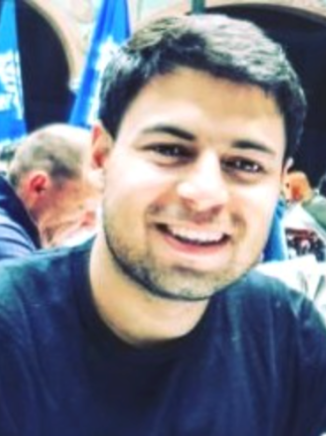Evolving Aerospace Communications through Quantum-enhanced Machine Learning
11:40—12:00
Uncertainty Stage
Deep Dive QML: Use Cases, Tools & Methods
Aerospace industry stakeholders continue to find themselves bombarded with information, leading researchers to increasingly turn to sophisticated AI methodologies to help draw insight from the data that would otherwise remain elusive. An example of this can be seen in the growing field of flying ad hoc networks, commonly referred to as FANETs, which are used to increase connectivity amongst the platforms (e.g. aircraft) in the network. In the past, various AI solutions have been used to build the network topologies, however, such solutions often become impractical to scale up as the number of platforms increases.
Fraunhofer IKS and Airbus collaborated to develop a hybrid quantum-classical solution. We tackled a basic simulated scenario of an ad-hoc network of flying platforms, where they could establish communication through directed communication links, such as free-space optical links. In this context, the network of dynamic nodes is modeled as a multi-agent system, where each flying platform acts as an agent.
In multi-agent systems, reinforcement learning algorithms can be used, where there are 2 types of Neural networks: An actor predicting decisions, and a critic predicting the quality of actors' decisions. For this purpose, we adapted a multi-agent proximal policy optimization algorithm and replaced the classical centralized critic’s core with a variational quantum circuit. We then benchmarked this quantum enhanced solution against a classical one, as well as analyzed its performance on IBM’s Cairo hardware. The hybrid quantum-classical solution showed better performance than the classical one, given the same number of trainable parameters. Moreover, we also showed that as the number of quantum circuit layers increases, so does the capability of the agents to learn complex solutions.
Speakers

